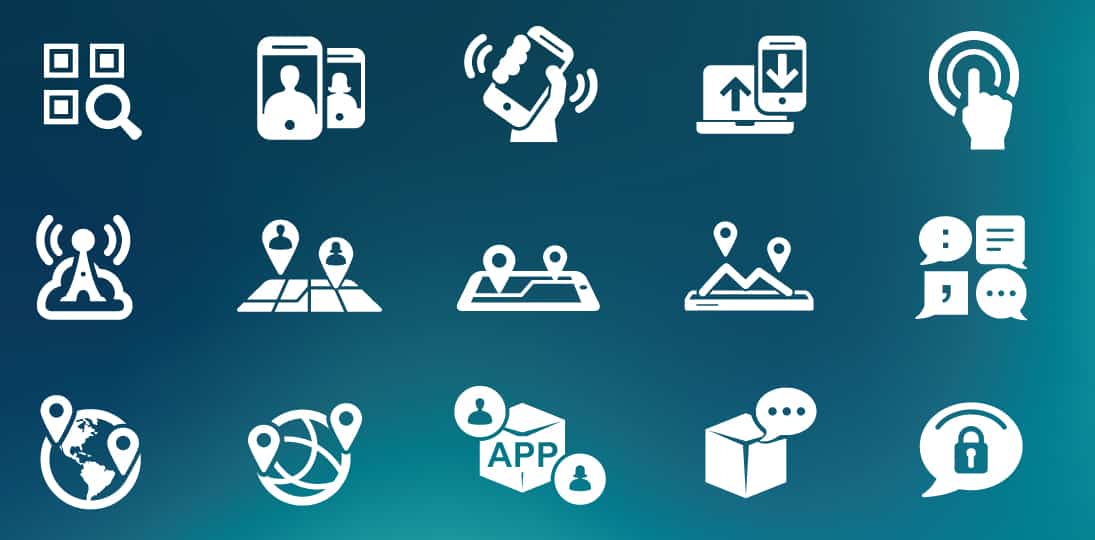Good wayfinding signage is critical for any building or campus with visitors who need help to get where they’re going quickly and easily. Although many facilities still use placards and arrows, interactive digital signage is becoming the norm for serving up maps and directories in a one-stop touchscreen solution. There are several wayfinding options, and your choice has to start with defining your own unique goals.
Do visitors often get lost on your campus? Do you need to get people to meeting or training rooms more quickly? Is your receptionist or information desk overloaded? Effective digital wayfinding can help with all of these.
When evaluating wayfinding signage options, you should always focus on the visitor experience. You want to make the best impression on visitors so they feel welcome and engaged. Here are four options, each with its own requirements and benefits, to help you with that.
Traditional Digital Signage
These are traditional, non-interactive screens that you’re already using to show daily announcements. Simply schedule a message with your directory list, and another with the corresponding map beside it. You can choose the dwell time on screen to match traffic patterns, and make sure you put the appropriate maps at the most useful locations for visitors.
The largest benefit to this method is cost – cheaper displays and no special designs or coding. However, it limits the visitor experience by not offering interactivity that lets them tailor their wayfinding to exactly what they need.
Interactive Wayfinding Kiosk
This is what most of us expect these days – interactive digital signage that lets visitors look up the information they want, and map an exact route from point A to point B.
Although touchscreens cost a bit more, and you’ll need to custom design your wayfinding signage, the benefits usually outweigh the costs. You get a lot more real estate on a single screen because visitors can navigate through multiple screens or tabs. This means you can include your daily announcements and port out to websites, as well as providing wayfinding info. And, as we mentioned before, it gives your visitor a much more personalized experience.
Responsive Wayfinding (Mobile Site)
We’re all getting used to responsive designs on the web. These are the sites that automatically scale to your tablet or smartphone without messing up the page layout. Designing your wayfinding as a responsive HTML5 website lets you deliver your wayfinding signage to any screen size.
The major advantage here is that your wayfinding can be viewed on any display – large screens, desktop monitors or personal devices. Simply advertise the link to your wayfinding webpage and your visitors can take it with them on their phones as they walk through your facility.
You’ll need to consider all of the various display sizes that people might use to view your wayfinding when designing it. Something that works on a 50-inch display might not look great on an iPhone. If you think most of your visitors will use smartphones, consider this next option.
Wayfinding App
Customizing a stand-alone app to serve up your wayfinding is a great option for hospitals and college campuses. This puts all of the control in the hands of the visitor.
You can invite people to download the app with a geofence around your building. This sees a phone and asks the visitor if they’d like to download the app. Once they accept, they have all of your maps, directories and step-by-step directions at their fingertips.
Don’t forget, none of these options has to be mutually exclusive. You can combine all four options on one campus to maximize your wayfinding signage offering. Each possibility has pros and cons in terms of both technology and the visitor experience. You’ll need to consider budgets, staffing, facility management and content design for each of these. But in the end, the visitor experience should trump all. Contact us to craft the perfect package for your campus.
If you’d like more details on the pros and cons of each wayfinding option and how best to choose, download our white paper here.
